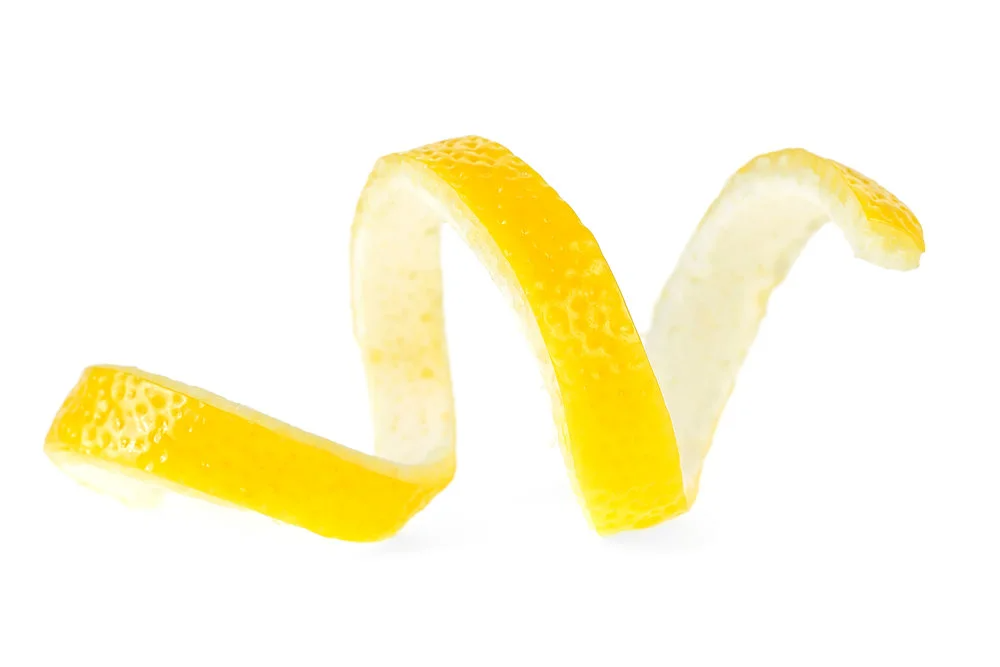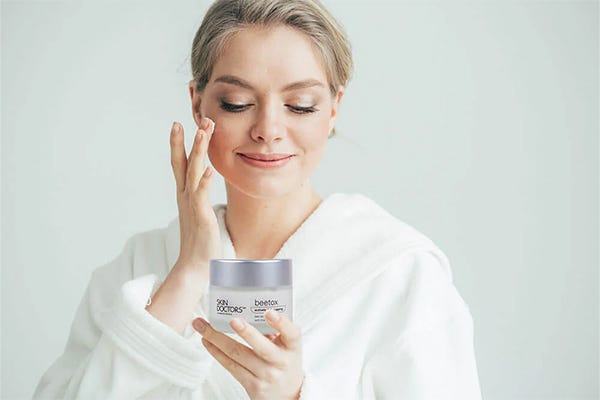What Is a Chemical Peel?
A chemical peel is quite a popular skincare option for men and women of all ages which can help improve your skin’s overall appearance.
The name can make it sound like a very serious or harsh treatment, but most chemical peels can be used as part of a regular skin and beauty routine to produce great results.
In this article, we will answer a few of the common questions about chemical peels to provide you with all the information you need to know.
What is a chemical peel?
Basically, a chemical peel is a skincare treatment product made from the combination of mild acids which are applied to the face.
The chemical peel is designed to act as a powerful exfoliant by reacting with and removing the dull top layer of damaged skin cells and debris, revealing the more radiant and smoother skin beneath.
While there are many types of chemical peels, they all work in a similar way to produce results.
Why use a chemical peel?
Your skin is always in a constant cycle of renewal.
The skin cells are born, mature and then die usually over the course of a month (known as a skin cell turnover rate), and this process keeps your skin healthy with an even and beautiful tone. After the skin cells die, they remain on the surface and need to be removed through a process called exfoliation.
Exfoliation of dead surface cells occurs naturally, however, when this turnover process slows down (as it commonly does with age), skin can become dull more congested as the excess dead cells build up on the top layer.
By using a chemical peel, you are increasing the rate of exfoliation of those dead skin cells to improve the rate of healthy skin cell turnover.
What are the benefits of a chemical peel?
Through the quick shedding of the outer layer of your skin, a chemical peel can help:
- Improve skin texture and clarity
- Reducing pore size
- Smooth wrinkles
- Improve skin tone
- Reduce acne scarring, blackheads, and whiteheads
- Reduce skin pigmentation patches
- Stimulate collagen to repair and firm the skin
What are the differences between an at-home peel and a professional peel?
A chemical peel can be applied at home by purchasing a chemical peel product, or it can be performed at a professional clinic.
Generally speaking, ‘at-home’ peels are slightly less concentrated and can be used safely by yourself when you follow the instructions. Because of the more manageable strength of their ingredients, the at-home chemical peels are perfect for a regular skin routine to maintain a bright and healthy complexion without any serious downtime, flaking or peeling of your skin.
On the other hand, professional chemical peels use much stronger chemicals and as a result, are applied by trained professionals such as a skin therapist, dermatologist or medical practitioner. These can have a more drastic impact immediately and may flake, redden or peel the skin initially, leading to downtime.
What are the ingredients used in a chemical peel?
While chemical peel products can range, they generally include the following key ingredients.
- Glycolic Acid – a type of Alpha Hydroxy Acid (AHA) referred often to as “fruit acid” because it naturally occurs in sugar cane juice. Its small molecular structure allows it to penetrate the surface of your skin easily, acting as a mild exfoliant to remove dry skin cells and enhance cell turnover.
- Lactic Acid – another type of Alpha Hydroxy Acid (AHA) which is derived from milk. It exfoliates by softening up the thick outer layer of the skin to smooth the texture and stimulate natural skin cell regeneration. It also increases the water-holding ability of the skin, to help reduce the appearance of fine lines and wrinkles.
- Salicylic Acid – this is a common type of Beta Hydroxy Acid (BHA) which encourages the sloughing (or shedding) of dead skin cells while clearing out pores.
So, while they still are chemicals, you can see why the name ‘chemical peel’ may sound more serious than it really is.
These three acids are usually combined with other ingredients to complete the chemical peel and deliver the results you will see after use.
How often should you use a chemical peel?
Ultimately, a chemical peel is a stronger product when compared to a general exfoliant, a moisturiser or cleanser.
So, while you can still include an at-home chemical peel as part of your regular healthy skincare routine, you will see the best results when used once or twice a week for general maintenance.
How to use a chemical peel
An at-home chemical peel is simple and easy to apply:
- Use a cleanser to refresh and prime the face, neck and décolletage area
- Message a small amount of the chemical peel evenly over these areas – you may feel a gentle tingling sensation
- Wash away the peel after about one minute
- Apply a light moisturiser and sunscreen with an SPF50 rating afterward to protect and add moisture to the skin.
Try our Skin Doctors Chemical Peel product
Our Skin Doctors Gamma Overnight Glow is an ultra-concentrated time released chemical peel with added Vitamin A that gives salon treatment results in an at-home cream.
It’s recommended for:
- Skin that requires deep exfoliation and resurfacing
- Uneven, dull skins, scarring, open pores, deep lines and wrinkles and pigmentation
- All skin types (however take caution with sensitive skin)
Discover the benefits of Skin Doctors Skin Doctors Gamma Overnight Glow.
Related Products
1 Item
-
 Gamma Overnight Glow 50mlOut of stock
Gamma Overnight Glow 50mlOut of stock
1 Item




